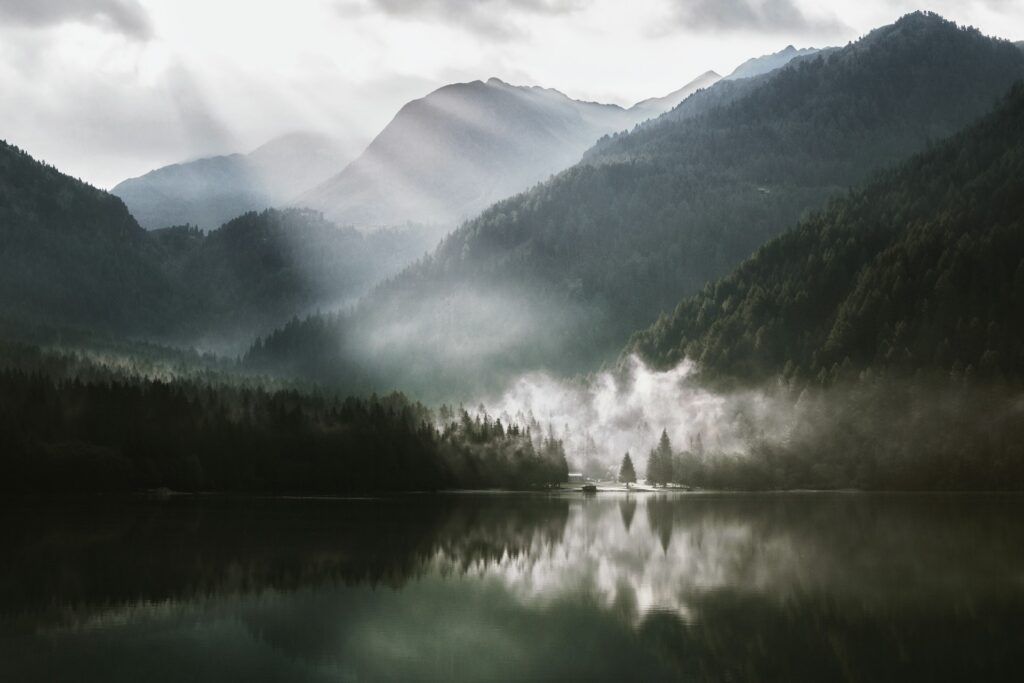Landscapes are amongst the most beautiful and evocative photographs that we take. Yet within the term landscape, there are multiple genres, styles and themes. Photographers don’t just pop out to shoot a landscape. It takes some forethought, some planning and of course an idea of what you want to achieve.
That last part can be difficult. With so many different ideas for landscapes photography available, what do you choose? Today we are going to provide you with some inspiration by giving you 7 landscape photography ideas. The great thing is, that even if you have no experience in these types of landscape shots, we at Light Stalking can get you going with one of our tutorials. We will also give you basic idea of what gear you will need, plus what you can learn from shooting that genre.
1. The Milky Way Landscape
Milky Way landscapes are very much of the moment. They are also not quite as difficult as you might think. As a start point you can check our guide on mastering low light photography. This will prime you, ready to shoot that Milky Way Landscape.
Let’s look at some of the prerequisites of great Milky Was shots. First and foremost is dark skies. Even a distant village can project a lot of light into the sky, dimming the stars. Next, of course you need clear skies. You will need to monitor the weather closely, to save any wasted trip.
It’s best to scout a location first, in daylight. Once night falls it’s going to be trick to work out your composition. Talking of composition, you are going to need have an interesting foreground subject. One that juts into the sky works best. Let’s take a look at the basic gear you will need.
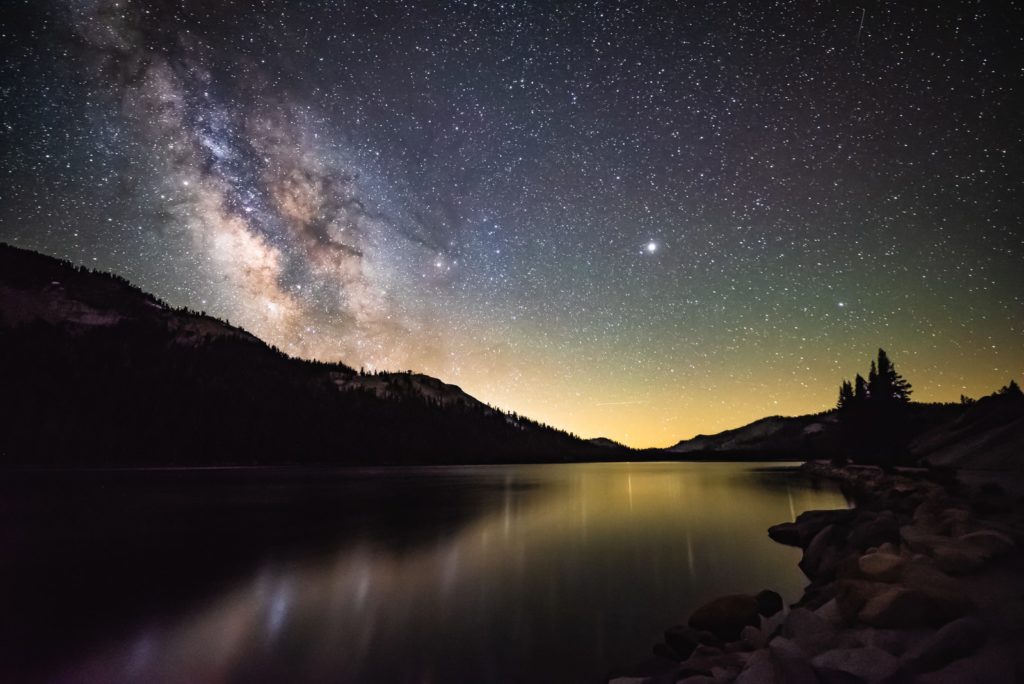
- A DSLR or CSC camera with good high ISO capability.
- A wide angle lens with a fast aperture.
- A good sturdy tripod
- A remote release.
- A Ephemeris photo app
Some of the things you can learn from Milky Way Landscapes are, shooting at high iso, working from a tripod, shooting and processing image stacks and an understanding of astronomy.
2. The Moonlight Landscape
Shooting moonlight landscapes produces amazing, ethereal looking shots, that can wow your photographic peers. Like Milky Way landscapes, you are going to need clear skies with no light pollution. You are also going to need a full, or near full moon.
You will need to plan your moonlight landscape carefully, however this is not greatly different from planning a daylight landscape. The key to success is, of course, the position of the light source, in this case the moon.
Your composition needs to take into account where the moonlight will fall on the scene. You can also choose to have the moon in or out of the scene. However, with the moon in, you will need to take two exposures, one for the landscape and one for the moon. Check out this great article for more in depth instruction on moonlight landscapes.
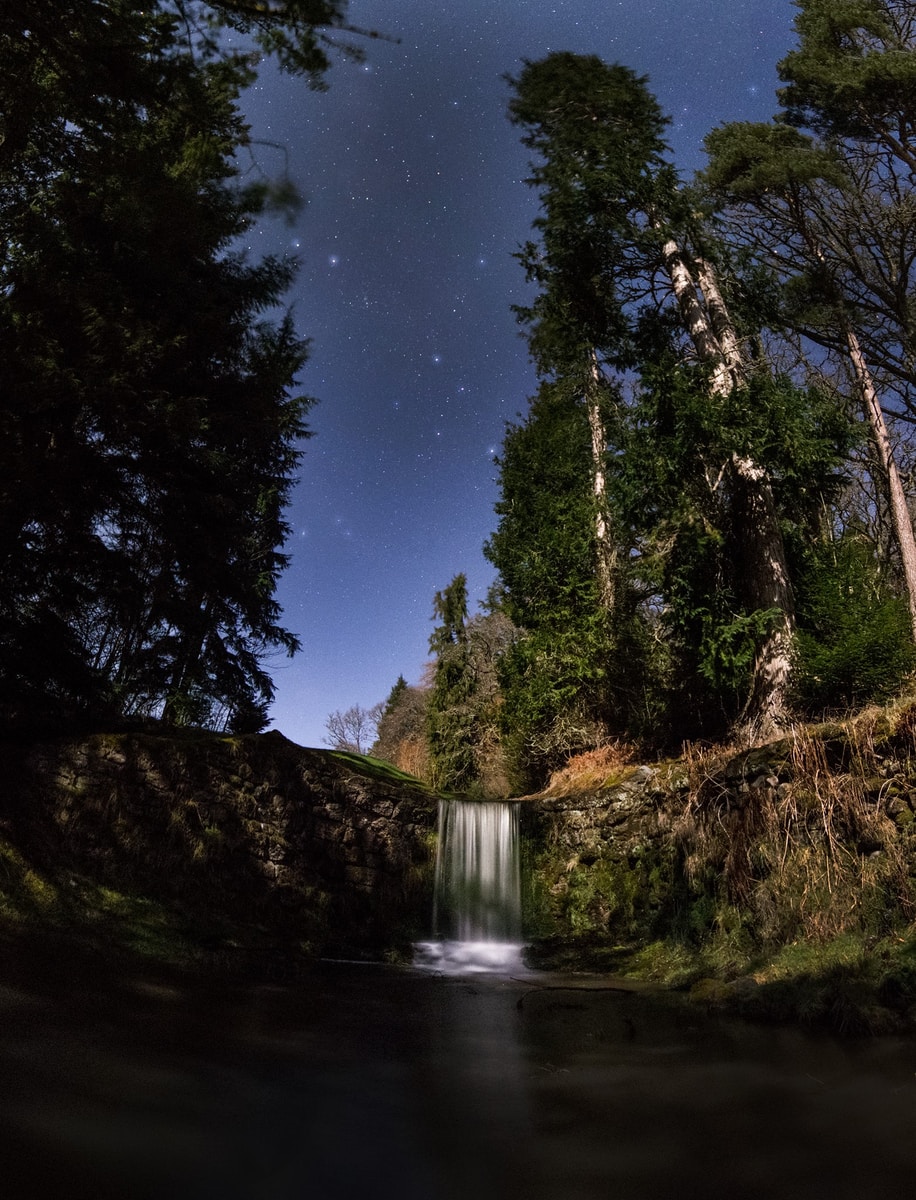
In terms of equipment, it’s pretty much identical to the Milky Way Landscape, except you can use telephoto lenses as well if you wish to compress the view.
Things you can learn from shooting a moonlight landscape include long exposures, multiple exposures, shooting in manual and focusing in low light.
3. Long Exposure Landscape Photography
Many landscape shots, tend to be of the moment. Capturing the exact look of that place at that moment in time. However another way to shoot a landscape is over a longer period of time, that is, a long exposure landscape.
They key requisite for great long exposure landscape photography is movement. Without any great movement in the scene, you will not get that dynamic ethereal look. That motion can come from almost anything. The wind blowing long grass in the foreground, a fast flowing brook in the composition. It can also be the movement of the clouds.
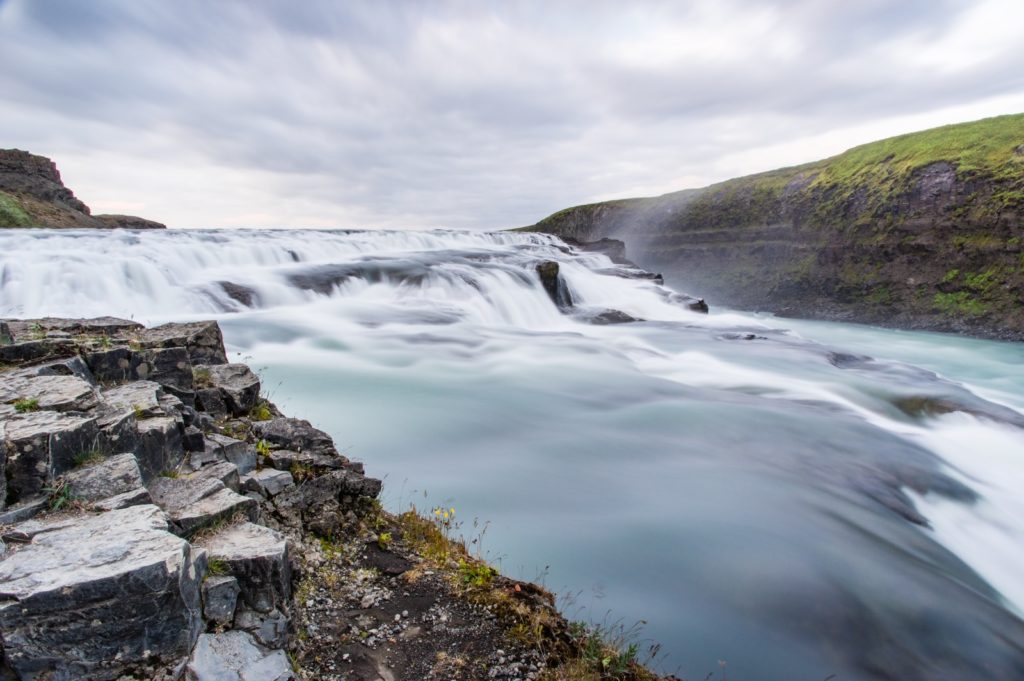
A key consideration when shooting a long exposure landscape is using that motion as part of the composition. The moving grass can act as a frame edge, the moving clouds can create leading lines. This guide written by Light Stalking’s Rob Wood is a great primer, Let’s look at some of the equipment you will need.
- A DSLR or CSC camera
- A wide angle, standard or moderate telephoto lens
- A good sturdy tripod
- A remote release.
- Nd filters, from 6 to 10 stops being ideal.
Things you can learn from long exposure landscape photography include, spotting and enhancing motion, using ND filters and effect of slow shutter speeds on an image.
4. The Desert Landscape Photograph
Not a genre open to all, all of the time, but if you do have access to an arid location then desert photography can be immensely rewarding.
One of the most difficult aspects of shooting in the desert is finding compositions. A some compositional rules, well suited to desert photography are negative space, leading lines and texture. Deserts often have solitary shrubs or trees that can be idea for a negative space image. Equally the shapes and textures of the sands can give draw the eye into the scene.
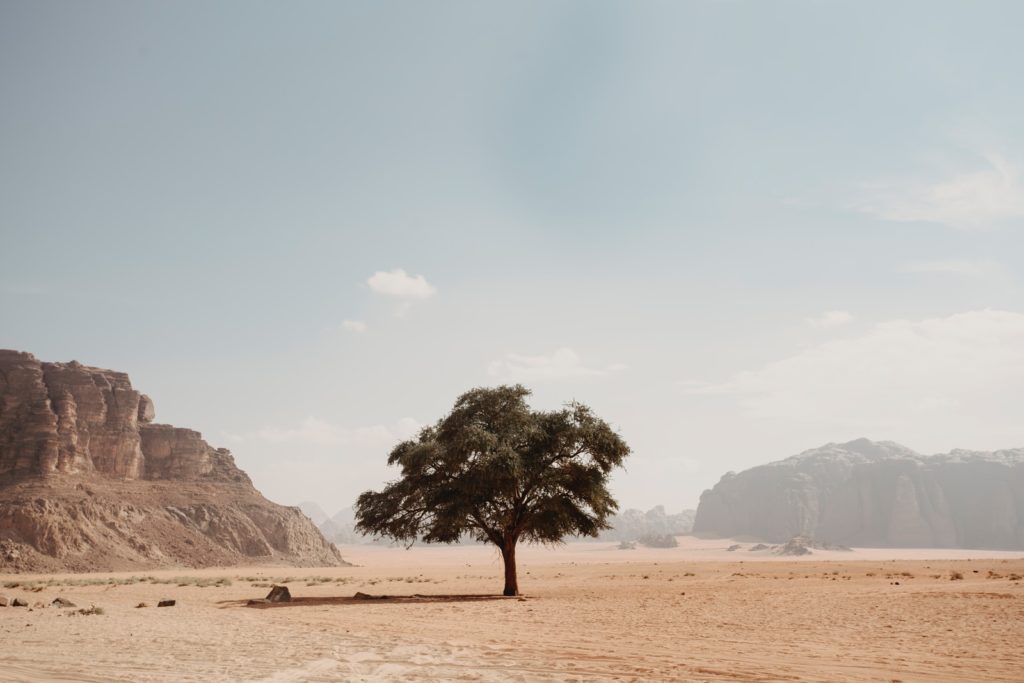
You will need to be well prepared to shoot the desert, know your location well, or go with some one that does. Also make sure your equipment is weather sealed and well protected. Some equipment requirements are.
- Weather sealed camera and lenses
- Polariser and UV filters
- Lens cleaning equipment
- Weather sealed camera bag.
There are some great techniques to learn from desert photography, these include, shooting in harsh light and conditions, using polarisers and looking for minimalist compositions.
5. The Fall Photography Landscape
Shooting in the fall can produce incredibly vibrant and striking images. On of the great things about fall photography, is that the sun and weather are not so important in getting the final shot. Indeed some of the best fall images are taken in overcast conditions. The muted, flat light often serves to punch out the vibrant golds and yellows of autumnal trees.
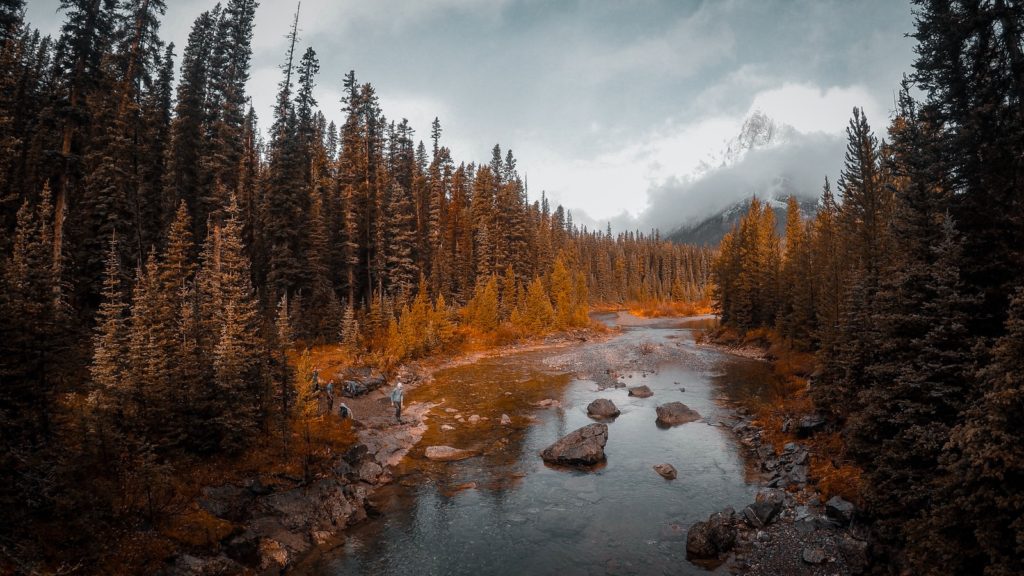
That said, sunlight is also great for the fall, the skies are often very clear, with much less air pollution. This can give great depth and sharpness to a fall landscape. There are many compositions suited to the fall but one great one to look out for is color contrast. In particular, a single tree with a significantly different shade of color to those around it.
There are not real specific equipment requirements for the fall although a polariser can be useful for punching out the colours and reducing reflections if you have water in the scene.
In terms of what you can learn, shooting in overcast, misty conditions one that you will find. Also spotting subtle and not so subtle differences in colour across a scene.
6. The Seascape Photograph
The seas and oceans are majestic subjects and seascape photography more than worth an entire article of its own. The attraction of a seascape is its infinite variety and often spectacular light.
From towering cliffs to wide sandy beaches and remote lighthouses, seascape photography is endlessly inspiring.
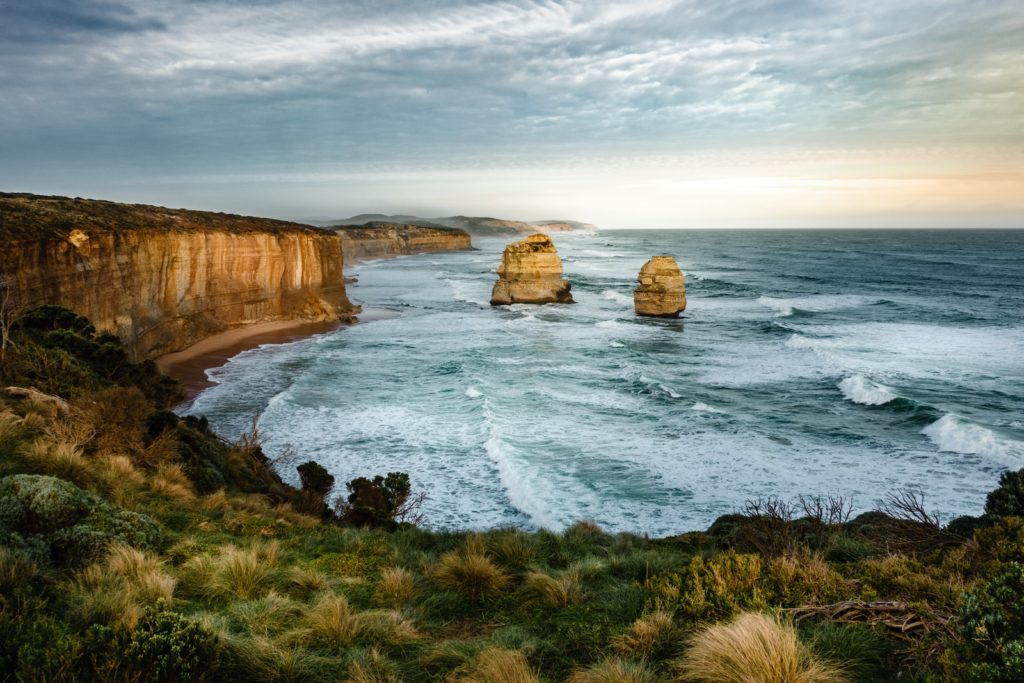
Many of the techniques you may have learnt from some our other suggestions here can equally be applied to seascape photography. Long exposures, shapes, textures, motion, leading lines and colour contrast are all found by the sea. Like desert photography you also need to be aware of and prepared for harsh conditions.
A seascape photograph is one that is ideally suited to the golden and blue hours. However you can also incorporate the moonlight photography into your seascape. Some equipment you might need includes.
- Weather sealed DLSR or CSC camera.
- A wide lens as primary choice but standards and telephotos are also useful.
- Polariser and neutral density filters.
- Sturdy tripod.
7. Photographing Mist and Fog
Number five in our suggestions was fall photography. Fall is also one of the very best times to shoot mist and fog. Photographing mist and fog can be challenging for many reasons. Firstly you will often have to be up pretty early, as the sun rises and the day warms, that mist is burnt off. You need to follow whether forecasts carefully, looking for the potential of mist and fog.
In terms of technique, there are two main things you will need to learn, manual exposure and manual focus. The whiteness of fog will often fool and camera’s meter in to underexposing. You need to be aware of this and to compensate by adding in some extra exposure.
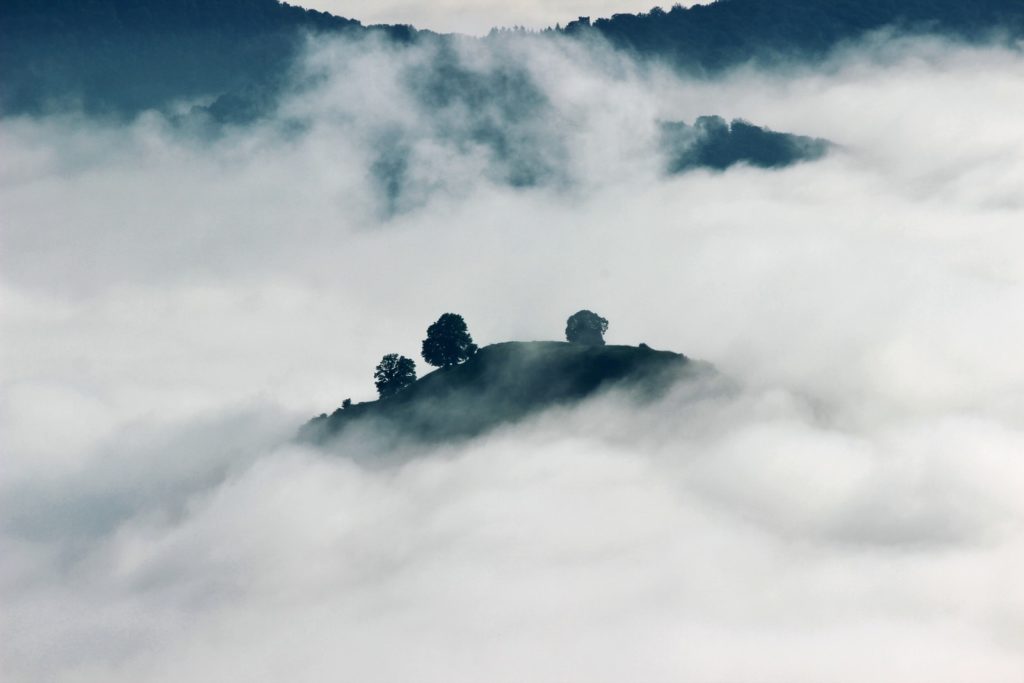
The low contrast caused by mist and fog can also fool the camera’s autofocus system. Be prepared to switch over to manual at any time.
Photographing the mist and fog is all about shape, form and colour. You subjects will often not be as well defined as in clear light but it’s still important that they are identifiable. Equally bright colour has the ability to really stand out in mist and fog. It’s well worth looking for a subject with vibrant colour to create a juxtaposition.
Shooting Raw will give you ultimate control, but be careful not to push your contrast levels too high, mist and fog are naturally low contrast scenes.
There is no great equipment requirement for mist and fog. A tripod can be useful especially as the light can be low. Other than that you are good to go with virtually any camera that can focus and exposure manually.
So there you have it, seven landscape photography ideas for you to get started on. Each one will require certain skillsets and will challenge your photographic ability. Fortunately for each one, we have also provided one of our excellent guides to prep your knowledge. Make sure you check those out before you head out.


